New vision for old Dartmoor: Prince of Wales leads ambitious plans for nature recovery in Cornwall
The Vision outlines a set of guiding principles to inform the future environmental management of the Duchy’s Dartmoor estate.
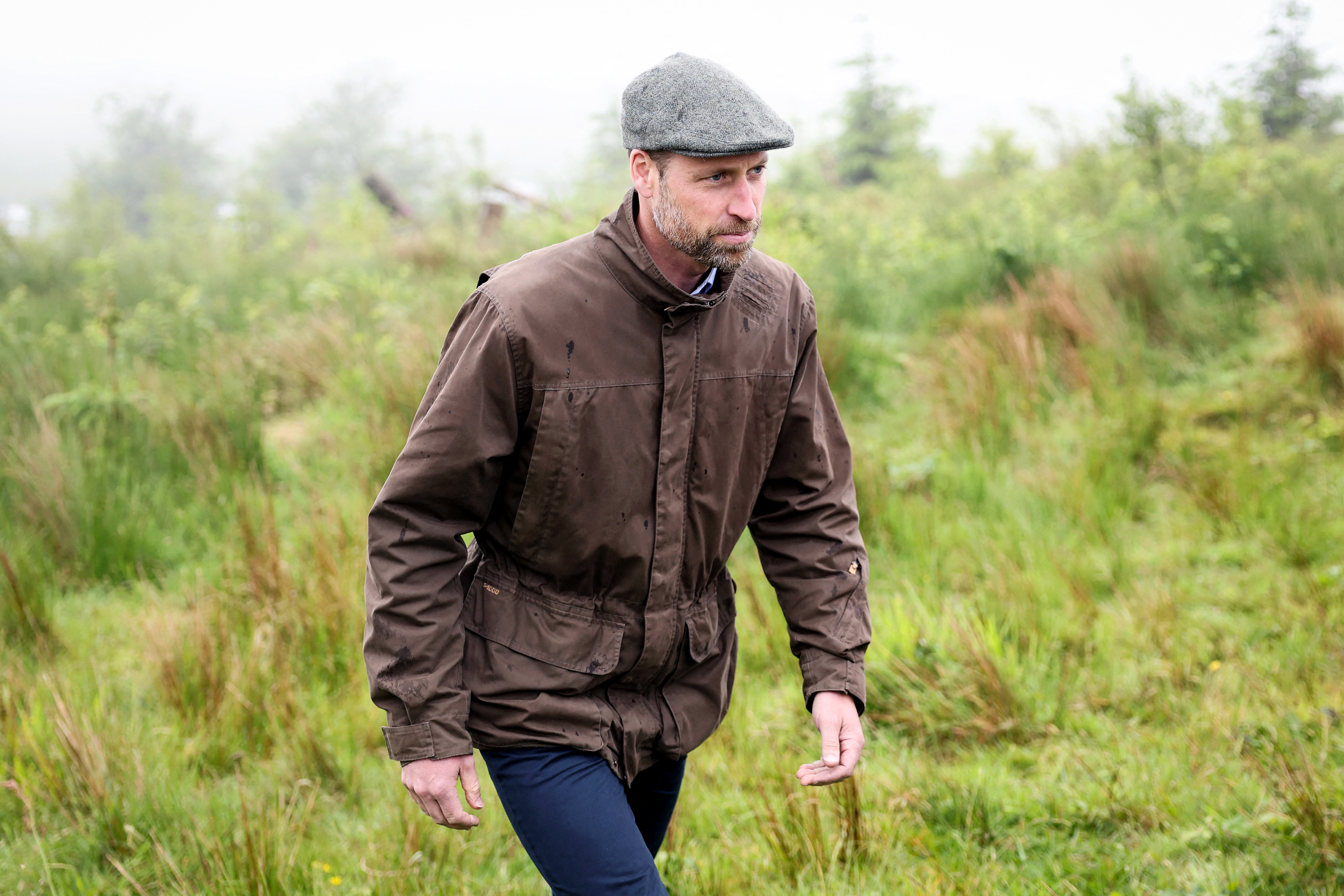

The Dartmoor landscape is to be given ‘new life to its wilderness’ in an effort to restore nature and protect it from climate change. The ‘Vision’, convened by the Duchy of Cornwall and the Central Dartmoor Landscape Recovery Project, will bring together dozens of collaborators and proposes new approaches to grazing, biodiversity, conservation and hydrological restoration and is part of the largest project of its kind in the UK.
‘Dartmoor is a magnificent and complex ecosystem — the balance between nature and people has evolved for thousands of years to shape the landscape we recognise today,’ the Prince of Wales writes in the foreword to the Vision. ‘To keep Dartmoor special, we must respond to the twin challenges of global warming and the requirement to restore nature, while ensuring the communities on Dartmoor can thrive.’
Three key areas of focus have been identified by the Duchy of Cornwall. Firstly, closer, practical partnerships between landowners, farmers and wildlife teams will aim to foster collaboration and mutual respect in what has historically been a contested landscape. Second, a holistic strategy to address Dartmoor’s priority habitat challenges, which will see investment in peatland restoration and upland mosaic habitats. Finally, agri-environment schemes at the catchment level will connect river headwaters with their onward journey to the sea.
It’s hoped these three pillars will help realise and deliver on the principles set out in the Vision. While specific to Dartmoor, they lay out a foundation for other UK wide environmental management plans.
‘The Dartmoor Vision shows us what might be possible and how that might be achieved,’ adds the Prince of Wales, who is also the Duke of Cornwall. ‘It is bold and ambitious and something that I hope, by working together, can be delivered for not just the current generation but for generations to come.’
Exquisite houses, the beauty of Nature, and how to get the most from your life, straight to your inbox.

James Fisher is the Digital Commissioning Editor of Country Life. He writes about motoring, travel and things that upset him. He lives in London. He wants to publish good stories, so you should email him.
-
 The greatest flowers make the greatest art
The greatest flowers make the greatest artA search for still-life subjects led Kate Friend to some of the greatest gardens and gardeners in the country
-
 The Castle Howard Mausoleum, a building so beautiful 'you'd almost want to be alive when buried in it', is facing its own demise
The Castle Howard Mausoleum, a building so beautiful 'you'd almost want to be alive when buried in it', is facing its own demiseThe celebrated Castle Howard Mausoleum is a dynastic monument to the Howard family, but it needs further restoration if it is to survive. Christopher Ridgway tells its story; photography by Paul Higham.
-
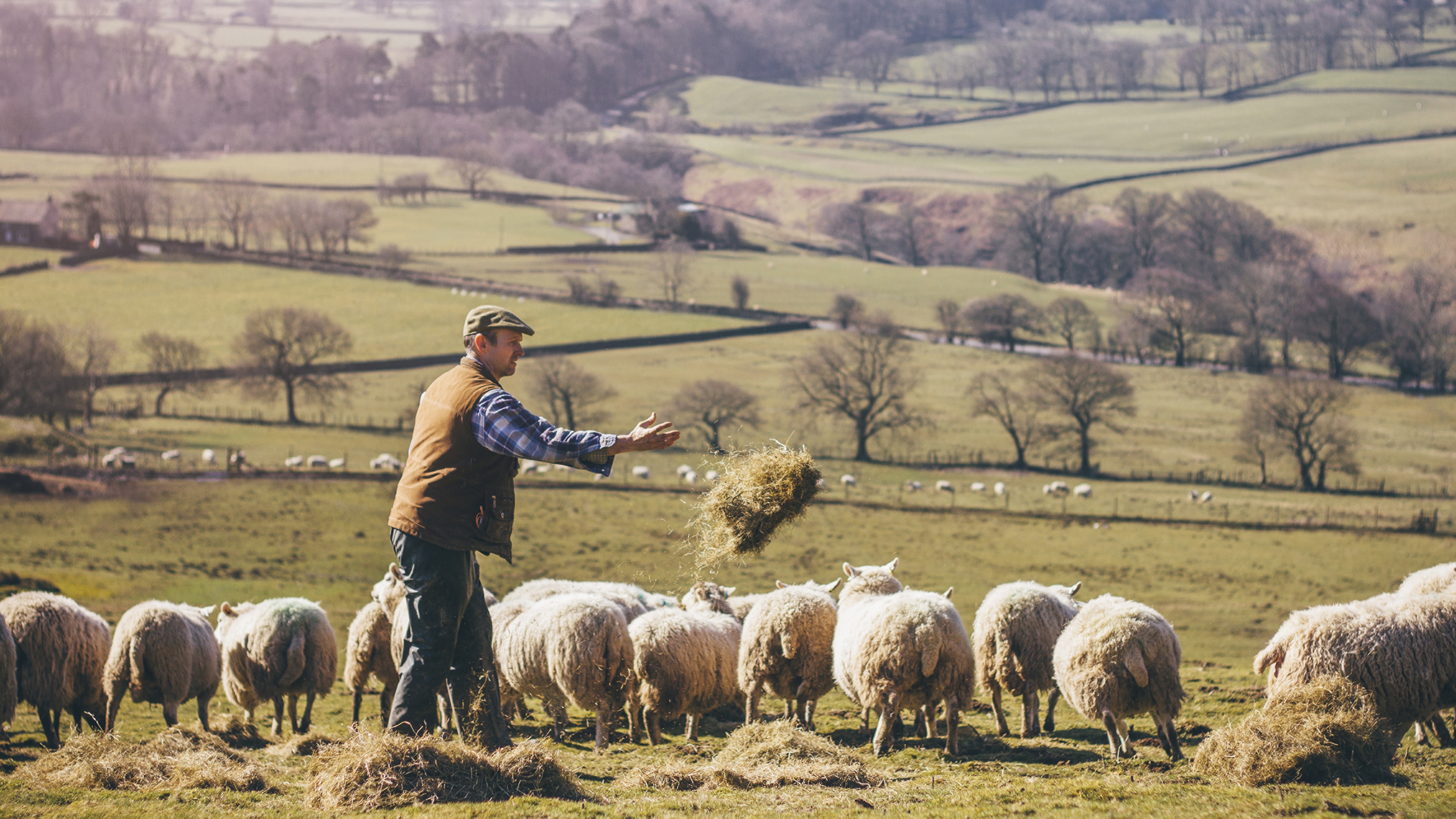 I was Jeremy Hunt’s main political adviser and helped put together multiple Autumn Statements and Budgets. This is what I think Rachel Reeves’s Budget means for the countryside
I was Jeremy Hunt’s main political adviser and helped put together multiple Autumn Statements and Budgets. This is what I think Rachel Reeves’s Budget means for the countrysideAdam Smith, former chief of staff to the Chancellor of the Exchequer, reflects on what last week's Budget means for the countryside and how we ensure the rural voice is heard loudly inside Budget preparations.
-
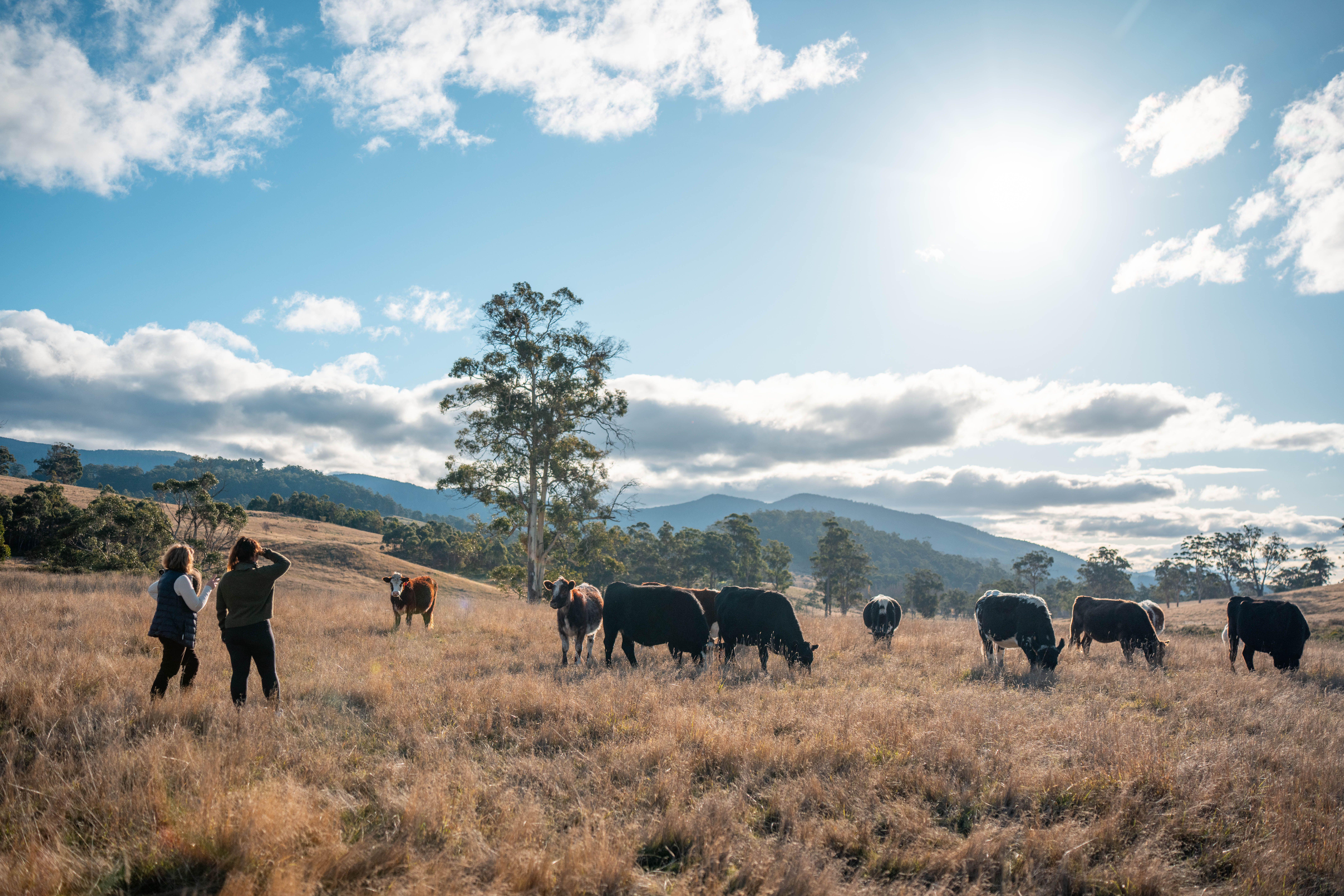 The Budget: What do we need to fix a broken countryside, and what will we get?
The Budget: What do we need to fix a broken countryside, and what will we get?With the Autumn Budget looming, countryside and heritage organisations reveal what they are hoping to hear to fix the turmoil — and what they are dreading
-
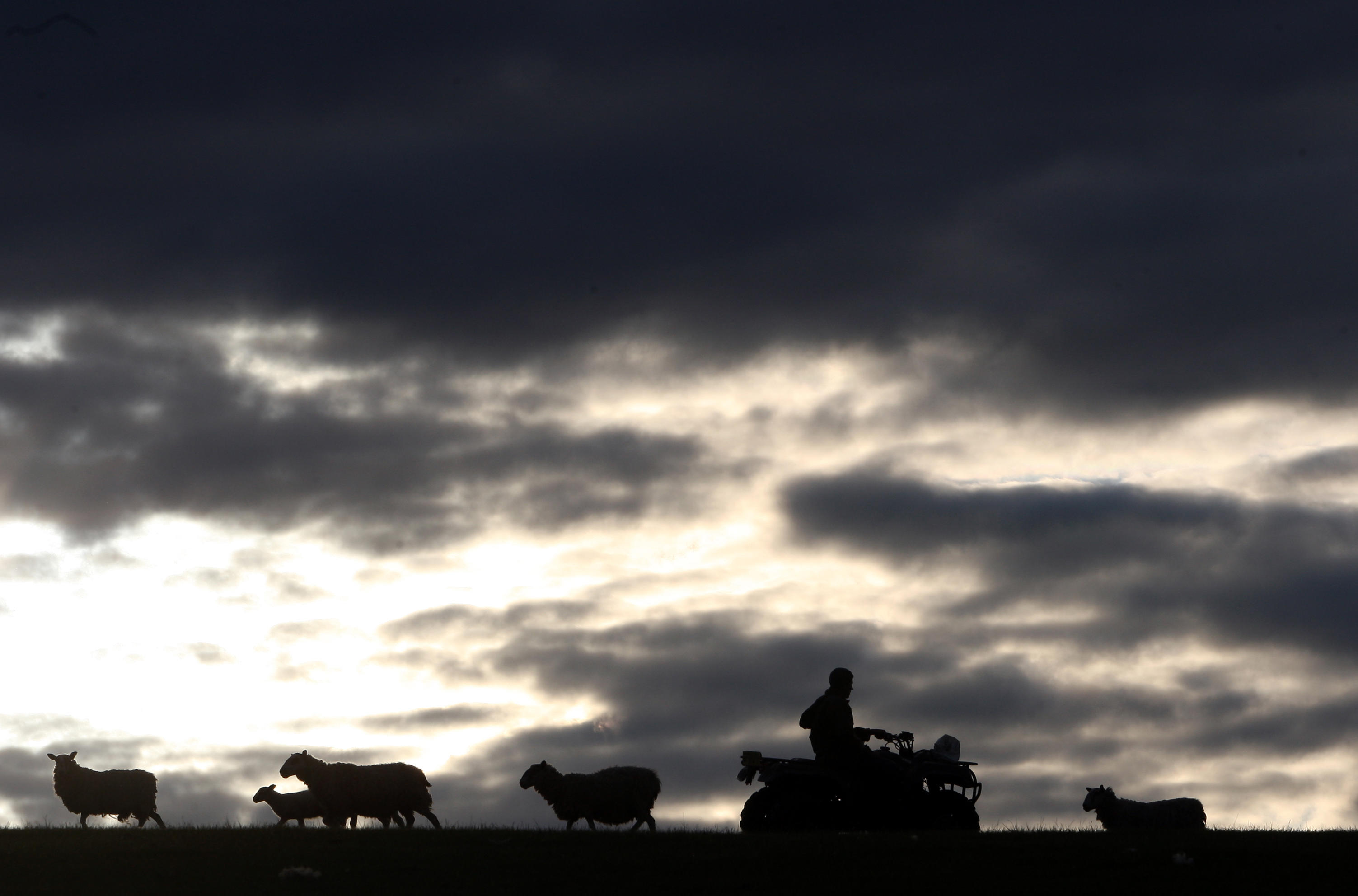 'I’m going to be the first in more than 100 years to sell anything off': How the upcoming budget uncertainty is impacting young farmers
'I’m going to be the first in more than 100 years to sell anything off': How the upcoming budget uncertainty is impacting young farmersChanges to inheritance tax, property relief and Defra budgets will likely change Britian's rural landscape. We ask the next generation of farmers what they think their future will look like.
-
 An unfenced existence: Philip Larkin's love of the countryside
An unfenced existence: Philip Larkin's love of the countrysideRichard Barnett pokes at Larkin’s protective carapace of soot-stained gloom and finds a writer with an unillusioned yet tenderly perceptive sense of Nature, in all its beauty and indifference
-
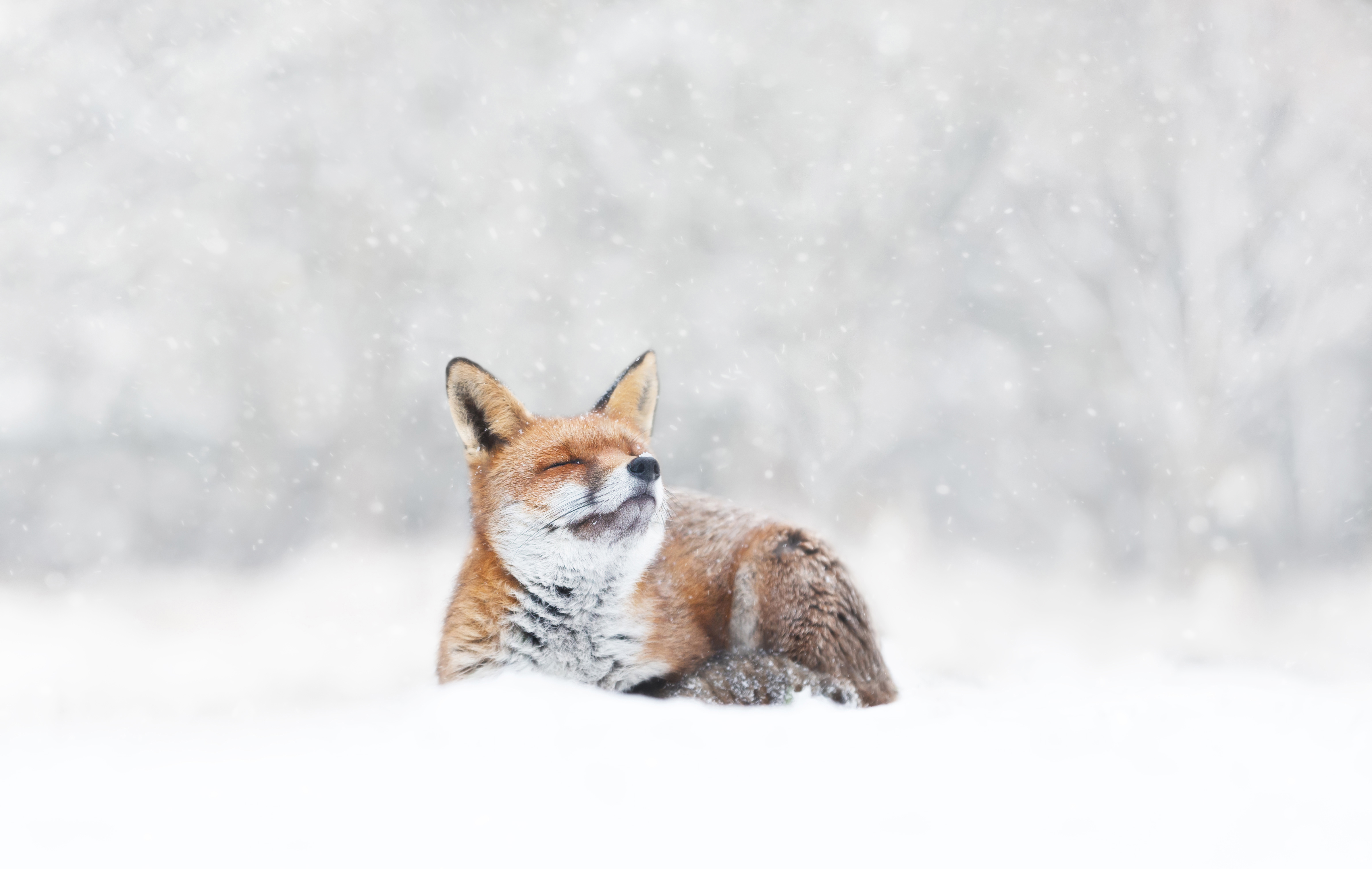 Baby, it’s cold outside (even if you have a natural fur coat): How our animals brave the winter chill
Baby, it’s cold outside (even if you have a natural fur coat): How our animals brave the winter chillWhen the temperature drops, how do Britain’s birds, beasts and plants keep the cold at bay? John Lewis-Stempel reveals Nature’s own thermals.
-
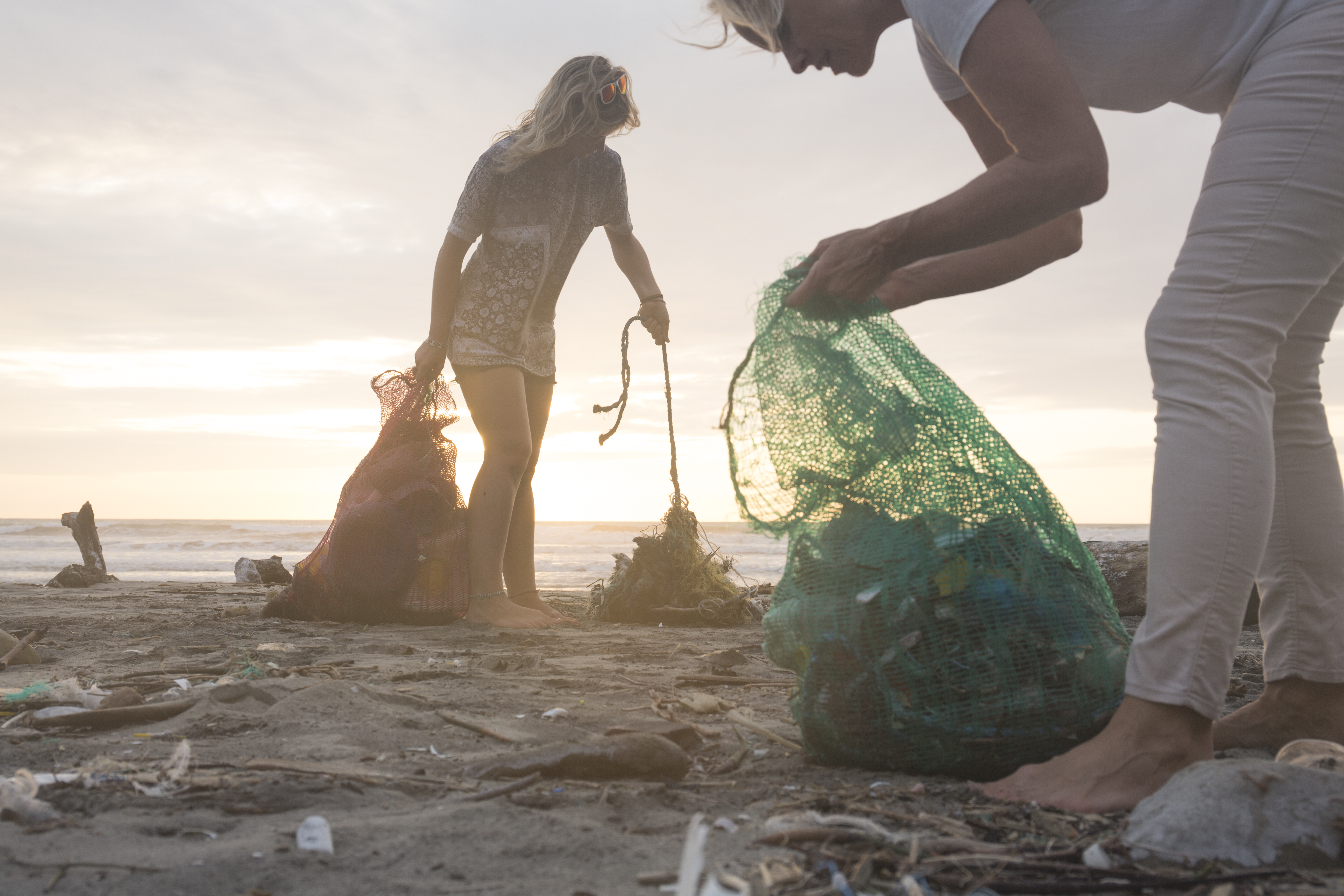 Retro rubbish: Waste from the 90s unearthed in 97-mile-long beach clean
Retro rubbish: Waste from the 90s unearthed in 97-mile-long beach cleanThe 6,482 volunteers unearthed waste discarded decades ago among the 232,229 pieces of litter recorded during the initiative.
-
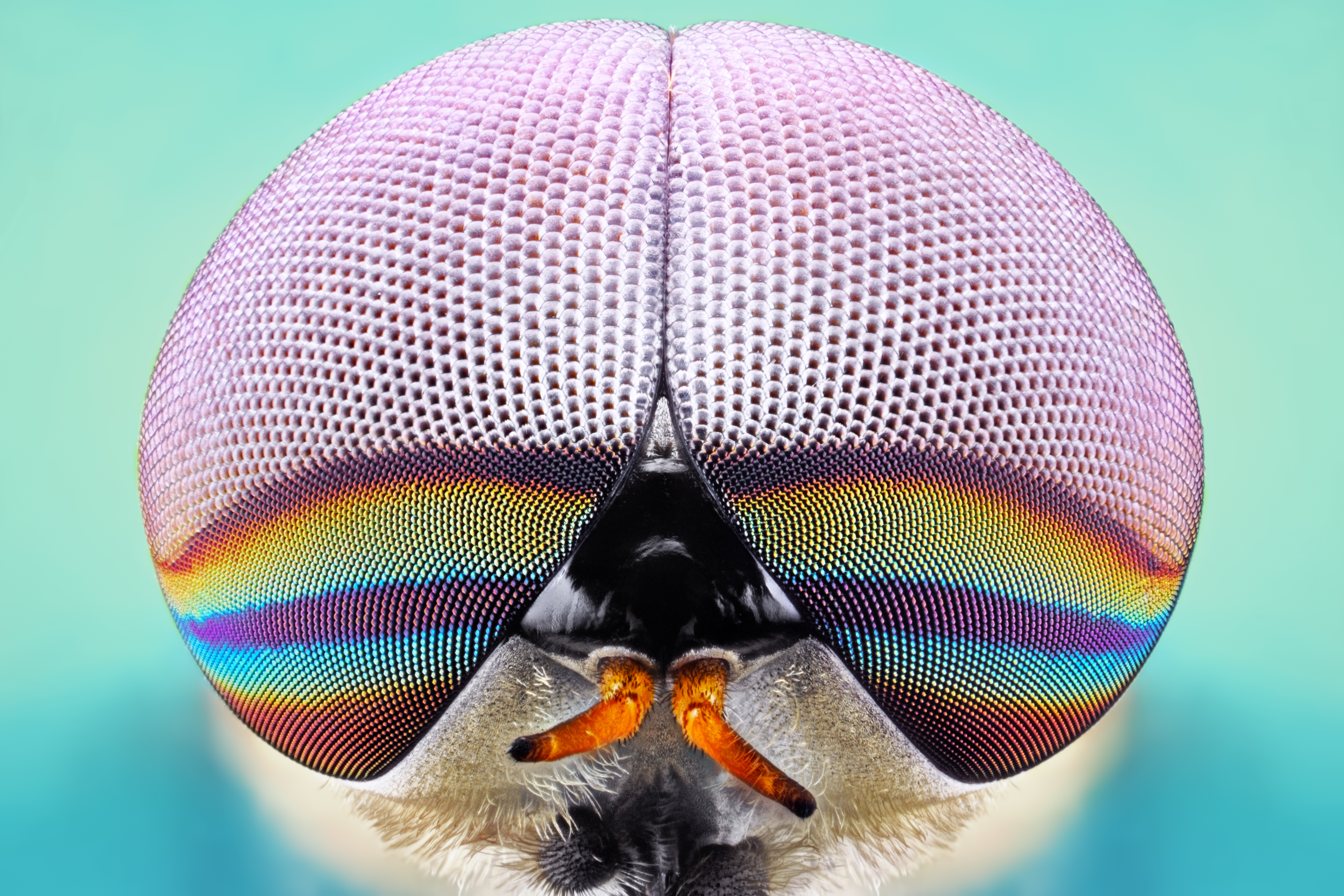 Dangerous beasts (and where to find them): Britain's animals that are best left alone
Dangerous beasts (and where to find them): Britain's animals that are best left aloneJohn Lewis-Stempel provides a miscellany of our otherwise benign land’s more fearsome critters.
-
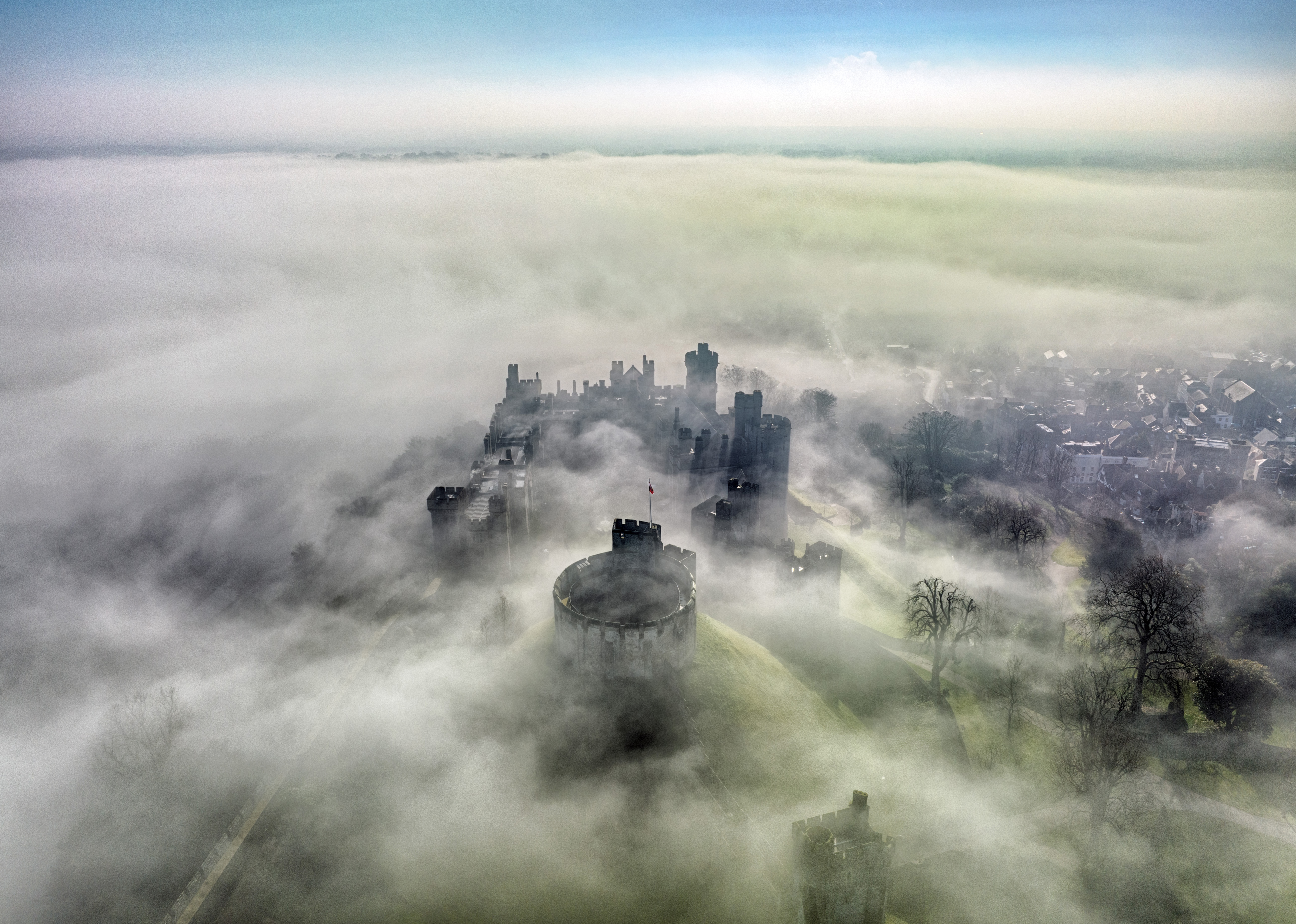 Mystery, muse and metaphor: There's more to fog than meets the eye
Mystery, muse and metaphor: There's more to fog than meets the eyeSmothering, transformative and beautiful, fog’s close-set shroud has inspired titans of literature, cinema and art — and forces the rest of us to look at the world a little closer.